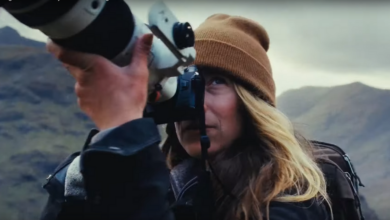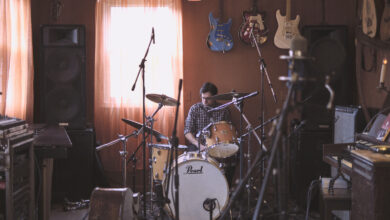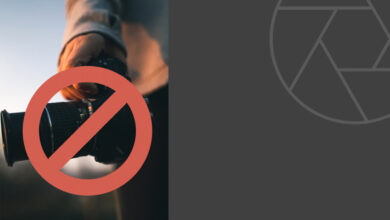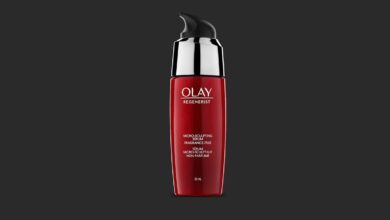Social Media is Bad for Photography and Even Worse for You
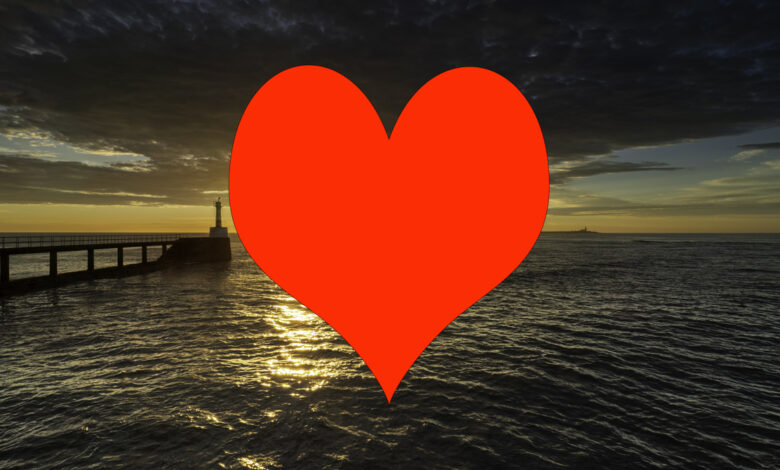
Is it time to go back to the way we used to share photos? There’s no point in creating photographic art if people don’t see it, and while it reaches a wide audience, there are still good reasons to stay away from social media and consider other options.
Social media has become something of an outcast. Proven to affect mental health, especially in young people, it is also known for spreading lies from corrupt politicians, hostile nations, and hate-mongering extremists. As such, it is probably no longer a place for the friendly photography community. What’s more, it is addictive. It encourages people to scroll through nonsense and post images in the hope that someone, somewhere, will like them.
So there’s good reason to go back 20 years to how we share photos.
Problems with Instagram
While never perfect, Instagram used to be a great place to share our photos. Now it’s full of crappy, instantly forgettable, and often plagiarized reels. I used to go there to see other photographers’ work and get inspired, but to find a good shot you had to fight through a sea of distracting, time-wasting junk. Many people I spoke to found that countless hours were wasted picking up their phones and getting lost in this pointless junk.
It wasn’t long ago that we were only bothered by clickbait that would require us to scroll through hundreds of pages of ads before we could see what a long-forgotten celebrity looks like today. Those still exist, but they’ve mostly been replaced by boring, low-quality videos that you have to watch all the way to the end to see what was promised at the beginning. I have better things to do with my life.
Gone are the days when Instagram was almost the go-to place for photographers to showcase their work. Even then, our photos were left floating between the selfies of pouting kids hoping to become famous, and the shots of the expensive meals our acquaintances were about to eat in a feeble attempt to prove that their lives were better than ours. But well-crafted photos stood out a lot more than they do now.
Neuroscience shows that social media use affects our ability to maintain attention. The constant interruptions from notifications can overwhelm us and cause stress. Furthermore, social media use has been found to shrink the parts of the brain needed to maintain focus, although more controlled studies are needed. This is bad news, especially for the developing brains of children and adolescents.
Furthermore, heavy social media users tend to perform worse on cognitive tasks than moderate users. It is thought that this is because social media competes for attention and heavy users find it difficult to ignore its distracting effects. It has been found that when your phone is not in the same room as you, you are more likely to perform better on whatever task you are doing than when your phone is nearby.
It’s also addictive. The euphoria we get when someone likes or comments on our posts is similar to the feeling we get when we take cocaine, and so we crave more.
It has its uses. I use Facebook to stay in touch with family and friends locally and around the world. From a business perspective, social media advertising used to be much more effective than newspaper advertising. However, as my business became more established and my reputation grew, I didn’t need to pay for advertising. Good old-fashioned word of mouth recommendations worked best for me.
I also upload to Instagram. Mainly to share my work with family and friends, but I don’t chase followers. I find the image previews are too small to show off my photos.
Additionally, people are abandoning social media because of its ability to spread lies. Malicious actors know that if they repeat a lie, no matter how big, people will start to accept it as truth. Conspiracy theories appeal to human psychology, and social media helps to promote them. Thus, gullible people are willing to believe that the world is flat and that the nearly 90,000 peer-reviewed scientific papers that are wrong about climate change are a plot to keep ordinary people down. Curiously, the people who spread these conspiracy theories are the same people who subscribe to belief systems that seek to impose authoritarianism based on fear and hatred.
The violence on the streets of the UK was the result of lies spread by far-right extremists, and the attack on the Capitol on 6 January 2021 was also the result of lies spread on social media. Do we want our photos associated with such malicious statements?
With all that in mind, along with the widely reported technical issues of former Twitter X and the growing number of “eXile” leaving, along with the boring pseudo-academic nonsense on Threads and the sickly self-affirming statements on LinkedIn, what should we do with our photos if we no longer use social media?
Where else can we share photos?
There are some ways to share your work that require more effort on your part than uploading to Instagram.
1. Back to Blog
Blogging is becoming more popular again. Substack has been leading the way. Great photo content is posted there. Of course, WordPress and Google-owned Blogger are doing well too. The WordPress platform can be uploaded and used on your own server space to create a personal website. You don’t have to be a great writer to blog; just posting regular photos will do.
With a blog, you can control the overall look of your library and create cohesive collections. You can also connect with other photographers and bloggers who are passionate about your topic. For example, ornithologists might follow the blogs of bird photographers, and entomologists might be interested in the work of macro insect photographers.
A blog can be set up quickly and cheaply. There are many tutorials online that show you how to do it.
It’s harder to get your blog noticed. Unlike social media, you need people to know you’ve posted a new image. RSS feeds used to be the way to do this, and RSS readers like Feedly or The Old Reader still work, but fewer people use RSS these days. Building a mailing list with MailChimp can help with that.
However, if you want to promote your photos to a wider audience, you may need to learn Search Engine Optimization (SEO) or pay for advertising. That also means turning to social media to promote your blog posts.

2. Fstoppers and other online galleries
The Fstoppers library is great for sharing your images with other photographers. It’s helpful because you can learn how to improve your work from constructive criticism.
However, with all the online galleries where people can vote and comment on your work, they are only beneficial if you are not offended by other people’s subjectivity and can ignore the trolls. Just because a photo doesn’t appeal to someone else’s taste doesn’t mean it’s bad. You could be creating truly unique work and others may not appreciate it because it’s beyond their capabilities.
Flickr is still a great place to share your photos. You’re limited by the number of photos you can have in your library before you start paying for their service, but it’s a generous 1,000. Likewise, 500px allows up to 20 photos to be uploaded per week without a subscription. Both sites offer additional monetization and advertising perks when you start a pro account.
There are also specialized sites with galleries focused on individual topics. For example, this site is primarily about ornithology. birdguides.com There are galleries not only for birds but also for butterflies, moths, dragonflies, damselflies and mammals.
It’s also worth checking with your camera manufacturer. They may have customer showrooms, like OM System library I visit.
One limitation of these sites is that you are sharing your images with the people who use them, not the general public. Most of the time, photographers visit galleries. Therefore, you are not necessarily reaching your target audience, which could be friends and family, or if you are a professional, a potential client.
3. Perfect printing
Nothing beats a high-quality print on a medium that suits the photograph. It exudes class. Then there’s the decision of what to do with the prints. The obvious answer is to hang them on a wall in your home. However, many towns and villages have community centres or halls, and you can organise exhibitions of your work there, perhaps in collaboration with other photographers.
Good quality picture books are another option. I was recently sent a copy published by one of my former students. It was great.
Sharing your prints with your local community isn’t too difficult. There are many social benefits to targeting your photo collection to your local community.
There are exceptions, but if your photo gets a quick glance and maybe a like from a few dozen photographers on Instagram or Facebook, most of those people will forget about it. However, a physical copy of a photo and a few people who appreciate it locally is worth much more. I remember more photos I saw in exhibitions and books than online.
Conclude
Social media is still a useful tool. A few years ago I started and still run a successful and friendly Facebook photography club in my area. With around 2,000 members, it keeps people motivated with weekly challenges and discussions. There are useful little bits of social media that help photographers.
The real benefits of social media for photographers are much less than many people think. Furthermore, the harm it causes through the spread of misinformation and lies, combined with the brain damage caused by constant use, is starting to outweigh the benefits. So perhaps it’s time to start sharing our photos with the people who matter to us using techniques that have a much more positive impact.
Are you addicted to social media? Or do you try to ignore it as much as possible? Or, are there other ways to share your photos that I haven’t mentioned here? Are you concerned about the damage social media is doing to both society and the mental and physical brain health of young people? It would be great to hear your thoughts in the comments.
